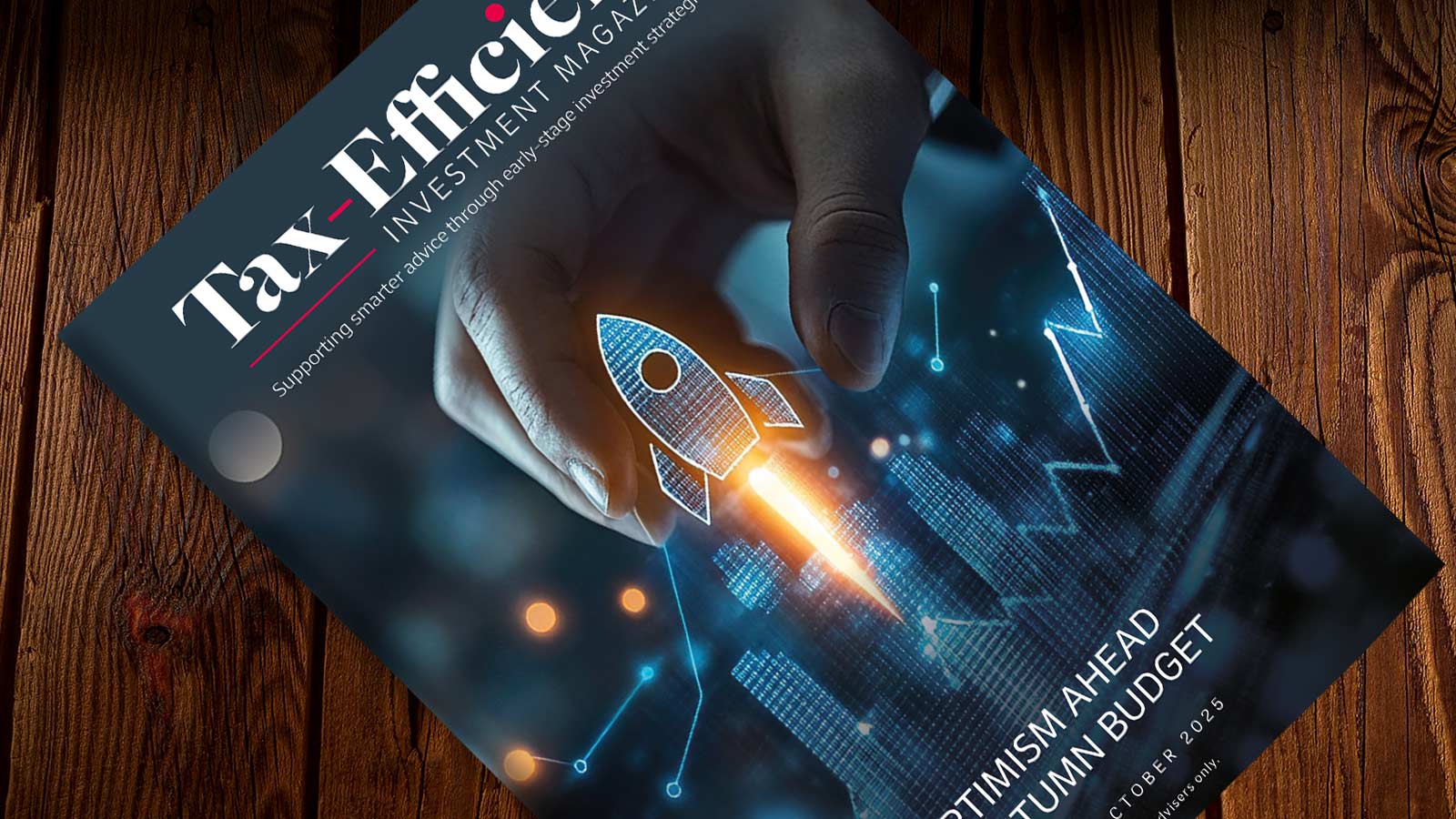Following the first part of our interview with Jenson’s Chief Investment Officer, Jeffrey Faustin, where we discussed the benefits to advisers’ clients of investing with Jenson, in part two Jeffrey discusses with GBI Investments’ Matt Williams the benefits of tranching investment, and the accessibility of follow-on funding. They also drill down into why Jenson is well placed in the market to capitalise on such opportunities for investors.
Q: Are you able to deploy cash quickly within EIS and SEIS? Also, what are the benefits of tranching investment?
Yes, we can deploy cash very quickly. We have a follow-on structure with funds, we tranche our assets investments and we have a follow-on structure for our EIS investments. Those structures allow us to deploy very quickly in the first instance. With SEIS, we tranche investments because it allows us to raise money more efficiently over the course of the year. We are always looking for attractive investment opportunities and tranching allows us to put a relatively small amount of money into a company and see how they perform. This means that we are not risking significant amounts of cash in very high- risk businesses.
With regards to the EIS funds, we already have a knowledge of those follow-on companies that we want to invest in, and that allows us to be ready and be prepared to deploy EIS.
Typically, at this stage, EIS funds will tend to deploy cash over a period of 12-18 months. Our structure allows us to deploy cash in 12 to 18 days because we have those companies already set up – a considerable advantage.
Q: How quickly do start-ups require follow-on funding and also how accessible is it?
Typically, start-ups require follow-on funding fairly quickly. When you think about start-ups that are doing well, it all tends to happen very rapidly. Therefore, it’s important that we monitor that and know that in terms of accessing capital it’s really important. One of the big issues that this entire scheme had in the beginning, ten years ago, wherein you had companies that raised a lot via SEIS and then did not have access to that follow-on EIS capital. Most of the EIS funds back then would be in a much later stage so accessing capital was extremely difficult. This is one of the reasons why we created our EIS fund, which is meant to be an intermediate step between the SEIS and the more traditional late- stage EIS. It hasn’t been very easy early on, but it’s more accessible now. One of the things that we’ve done to make it even more accessible is to establish and maintain relationships with those later-stage companies so that we have visibility of later-stage investments. It has been an uphill task to get that accessibility, but I believe we will see that improving still further as time goes on.
To find out more about Jenson Funding Partners click here















